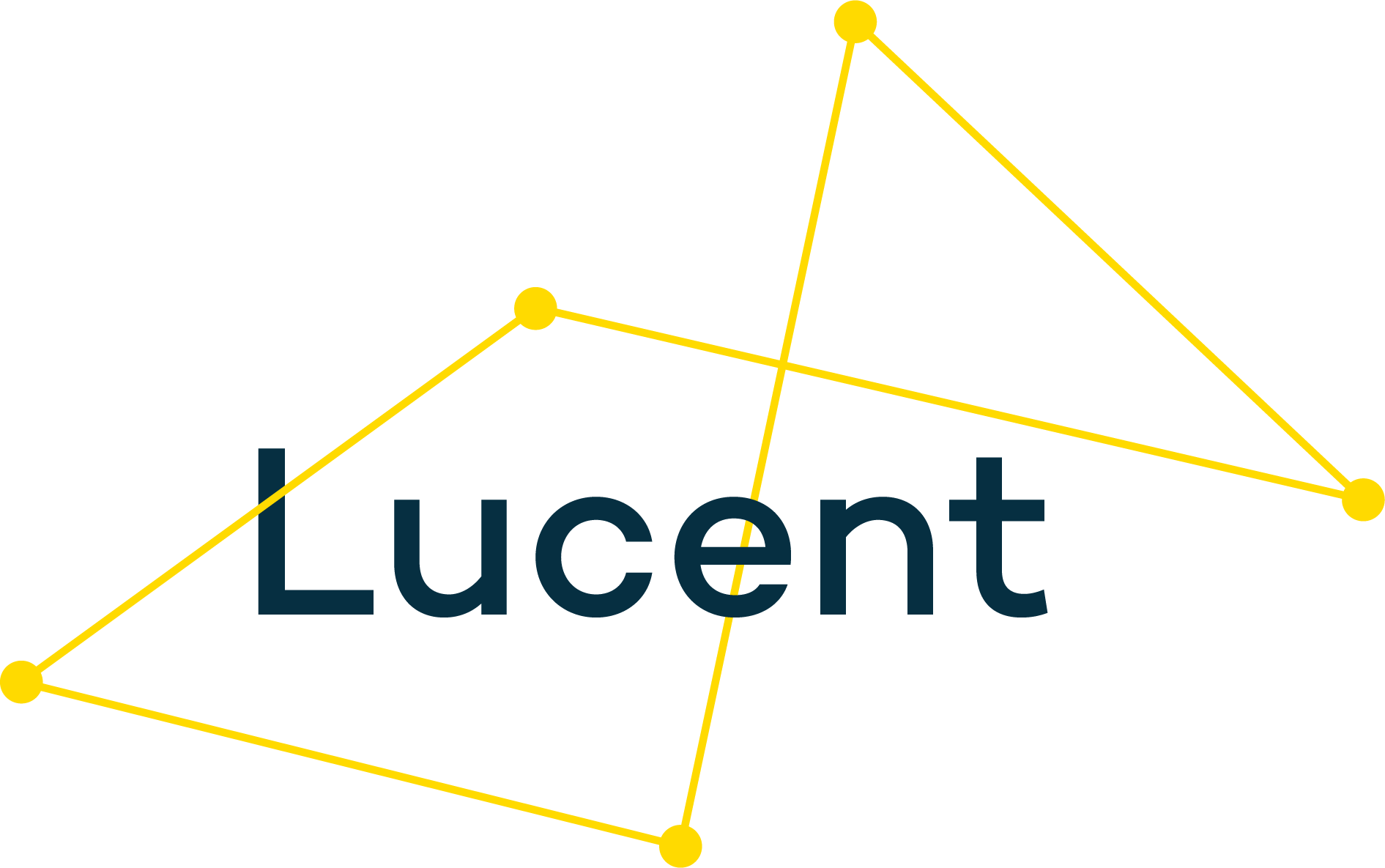Behind the scenes at Lucent: what do we do?
Katy Panter is Lucent’s Relationship Executive. Katy coordinates our projects and helps to manage client relationships.
As Lucent’s Relationship Executive, while I regularly have the pleasure of working directly with our clients, you could very much say that I am ever-present behind the scenes.
We’re excited to be fast approaching Lucent’s 5th birthday, and through the years we’ve loved working with some incredible organisations addressing issues that matter to us all as individuals. Honouring this inevitable time for reflection, I thought I’d take you behind the scenes to see what it is that Lucent does.
What does Lucent actually do?
The common thread between our different projects is problem solving - always through a strategic lens.
Our bread and butter is strategy, and we have supported Cycling UK, the National Trust and Home-Start UK among many others to build a strategy framework. But we also partner with organisations through their learning journey as they look to enhance impact, we facilitate newly-launched collaboratives with practical and independent guidance, and we help to scope and build the foundations of networks looking to share intelligence.
Whether supporting charities and philanthropic foundations through a strategic review, or helping senior teams to embed a culture of continuous learning, we bring the focus back to what really matters.
Why work with Lucent?
Upon joining Lucent, what struck me most is that our consultants all have Chief Executive and board experience. Through our project touchpoints I see how, having played both roles, our consultants bring a genuine understanding of the ups and downs of strategy as well as tried-and-tested methods for building the right environment for strategic thought. Each project benefits from having a lead consultant and supporting consultant, with the wider team acting as a sounding board – bringing a wealth of knowledge and challenge from different sectors.
Separately, my role is focused on our relationships and quality of delivery. While we build structure into project timelines, we understand that there also needs to be flexibility to react and adapt to the insights that emerge. Sometimes this may mean that further engagement is needed with your beneficiaries, or some additional data is needed to understand what you uniquely bring to the sector. Part of my involvement is to keep an open dialogue with our clients to amend existing planned elements, or build in new activity. Our investment in project management supports that flexibility.
What is included in the strategy process?
Each organisation’s strategy is a unique response to the opportunities and challenges it faces. Given this, we start each project by understanding the needs and context of the organisation and co-developing a clear and manageable plan for delivery.
We’ve adapted the Design Council’s diamond methodology, and follow a flow of ‘opening’ and ‘closing’ diamonds. Our work begins by reviewing existing documentation to ensure we build on what’s already there.
From here, there are a range of inputs we seek as part of what we call the discovery and focus phases. For example, we recommend our diagnostic tool Compass to take stock of where an organisation is currently. We find that sometimes this is the first chance staff, trustees and volunteers have been given to talk to the strengths, opportunities and challenges an organisation is facing, as well as what would look and feel different if the new strategy was a success. After each phase of work, we summarise our findings in an insights report.
Throughout, we walk with our clients to hold the thread between conversations across the senior team, board and other stakeholders.
What changes in an organisation after they work with us?
While many of our projects involve supporting teams to develop a strategy framework, I have seen how the process can help reset the relationship across teams, and between the senior team and board. When organisations have a clearer sense of purpose, they feel more unified and confident.
After you have created a strategy, you need to deliver it. There are challenges with making sure at this stage that new ways of working become a habit. Senior teams and boards need to continue to work together to overcome challenges and own their roles as a new strategy unfolds.
We reshare our tools with clients as the project comes to a close, hoping to equip them with the methods needed to keep these relationships going - after all, people are an organisation’s best asset.
We’d love to hear from you if you have a project in mind. Drop us a message, and one of our consultants will be in touch.

